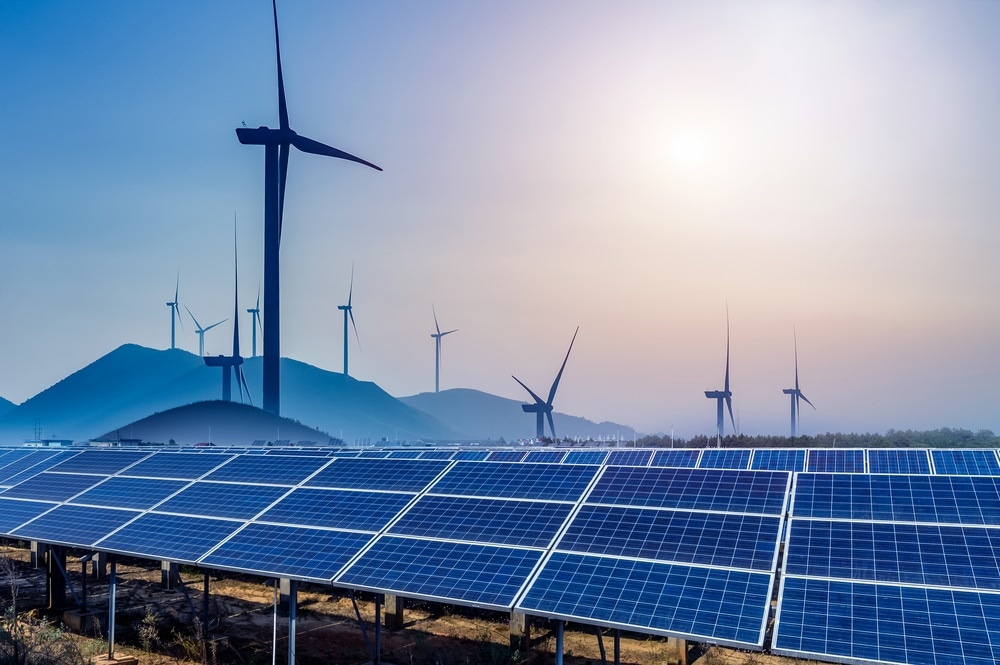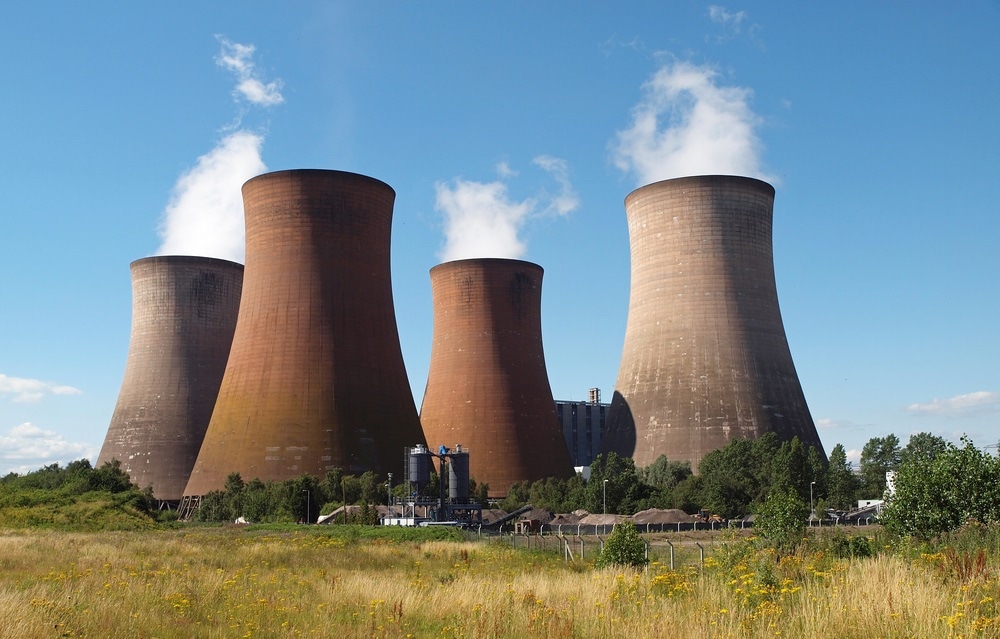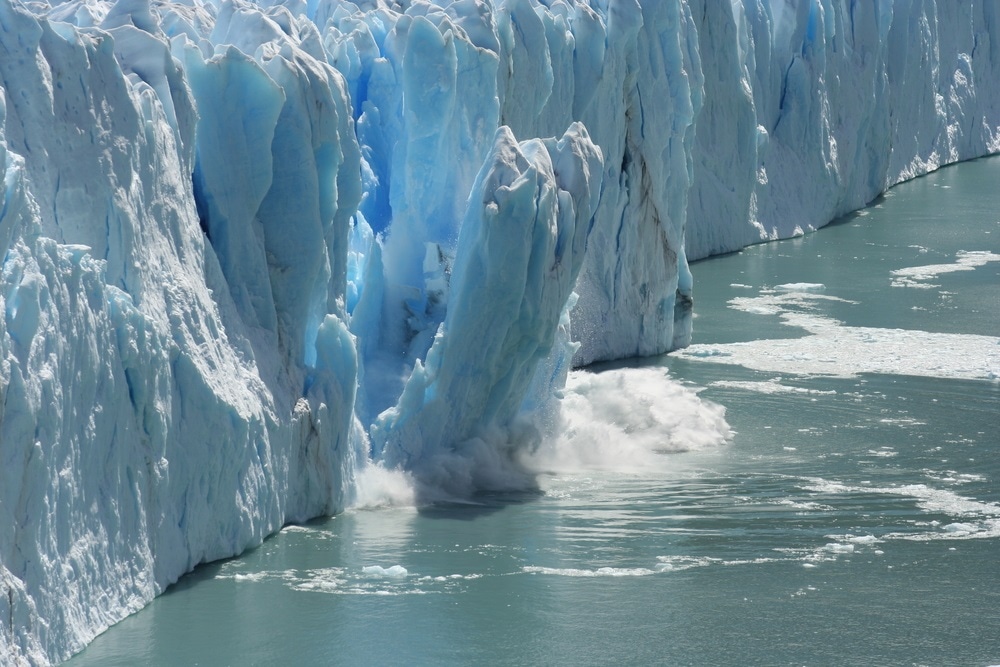AZoLifeSciences talks to Françoise d’Estais, head of the Finance Unit of the Energy and Climate Branch at the United Nations Environment Programme (UNEP), about the annual report on the Global Trends in Renewable Energy Investment 2019 and its call for governments to invest in renewable energy in their recovery from the COVID-19 pandemic.
What led to the beginning of this research?
The annual report on the Global Trends in Renewable Energy Investment began 14 years ago at a time when renewable energy was still a little-known technology let alone disseminated and financed globally.
Addressing climate change is a strategic priority of the United Nations Environment Programme. Replacing electricity powered by fossil fuels by renewable energy is a way to reduce GreenHouse Gas (GHG) emissions responsible for global warming.
The leading idea with the report is to bring very promptly to policymakers, financiers, decision makers facts and data on what is happening in the world in terms of renewable energy investment: where it is happening, which technologies, how it is financed, at which point of the finance continuum, etc. to help them make informed decisions and encourage the global uptake of renewable energy.

Image Credit: hrui / Shutterstock.com
What were the findings from the Global Trends in Renewable Energy Investment 2020?
The report finds that investment for new capacity represented 282.2 billion US dollars in 2019. Capacity investment globally has remained relatively consistent since 2014, fluctuating in a 50 billion range between 265 and 310 billion.
Behind this consistent level however hides a continuous, almost exponential, growth of capacity being built. New financed renewable energy capacity doubled between 2014 and 2019. It went from 854 GW to 1,627 GW. This is explained partly by a continuous decrease in renewable energy costs.
The report also highlights several records for renewable energy investment in 2019:
- The highest solar power capacity additions in one year, at 118 GW.
- The highest investment in offshore wind in one year, at USD 29.9 billion, up 19 percent year-on-year.
- The largest financing ever for a solar project, at USD 4.3 billion for Al Maktoum IV in the United Arab Emirates.
- The highest volume of renewable energy committed by corporates for renewable power purchase agreements, at 19.5GW worldwide.
- The highest capacity awarded in renewable energy auctions by governments, at 78.5GW worldwide.
- The highest renewables investment ever in developing economies other than China and India, at USD 59.5 billion.
- A broadening investment, with a record of 21 countries and territories investing more than USD 2 billion in renewables.
At the entrance of a new decade, the 2019 report has a focus chapter analyzing renewable energy commitments made by governments for 2030 through their energy plans, and corporates who committed to 100% renewable sourcing of their energy needs and comparing those with the renewable capacity built and investment committed the last decade (2010-2019) and what the Paris agreement requires.
It finds commitments equivalent to 826 GW of new non-hydro renewable power capacity, at a likely cost of around USD 1 trillion, by 2030. Getting on track to limiting global temperature rise to under 2 degrees Celsius – the main goal of the Paris Agreement – would require the addition of around 3,000GW by 2030, the exact amount depending on the technology mix chosen.
The planned investments also fall far below the USD 2.7 trillion committed to renewables during the last decade, calling for governments and corporates to raise their commitments.

Renewable energy capacity investment over the decade, 2010-2019, $BN. Includes an estimate for 2019, based partly on provisional first-half data. Source: UN Environment, Frankfurt School-UNEP Centre, BloombergNEF
Why has the cost of renewable energy hit new lows?
The levelized cost of electricity or LCOE i for onshore wind went down 10% in 2019 compared to 2018 and 49% lower compared to 2009. The corresponding numbers of offshore wind are 32% and 51%. Cost reduction for solar PV was biggest with 15% and 83% respectively, over one year and the past decade. Those are average numbers as the LCOE estimates vary widely depending on the country’s resources and local regulatory, labor, and finance cost characteristics.
There are several reasons behind the fall. It is a result of a combination of (i) lower capital costs, for instance as wind turbines have got bigger and more powerful and there have been further economies of scale in the manufacturing of solar panels; and (ii) improvements in the performance of equipment.
For instance, the efficiency of PV monocrystalline modules increased from 17.5% in 2010 to 21.1% in 2019. Wind turbine capacity factors – the amount of electricity produced per megawatt of power capacity – has also increased steadily thanks to better siting, higher towers, and improved operations and maintenance practices. Also, financing costs have been particularly low benefitting from low-interest rates over the recent period.
How has the fossil fuel sector been hit by the COVID-19 crisis?
This report does not cover the fossil fuel sector. Please refer to the IEA report “global energy review 2020 – the impact of COVID 19 crisis on global energy demand and CO2 emissions” published in April.
It shows a significant negative impact on the fossil fuel sector with conversely renewable energy demand growing during the crisis and expected to increase over the year due to their preferential access to energy systems and lower costs.
 Image Credit: Sponner / Shutterstock.com
Image Credit: Sponner / Shutterstock.com
Why is the wake of the COVID-19 crisis such an important opportunity for governments to invest in renewable energy?
As governments address the economic and social crisis resulting from the COVID-19 pandemic, recovery plans are being drawn across the world to alleviate their impact on populations with large investments being made to support economic sectors.
Following on the message by the UN Secretary-General on “build back better” and his urge to use the recovery packages to create sustainable economies, the report highlights the ever-falling price of renewables to put clean energy at the heart of those packages and contribute to addressing the climate crisis and work towards a healthy natural world.
The opportunity is particularly important. If this chance is missed, it may be even more difficult to find the funding to decarbonize the energy system. Governments will have committed enormous financial resources which leave them heavily indebted and little able to commit further resources and the private sector finances will be squeezed.
Please can you briefly explain the Paris Agreement and its goals?
The Paris Agreement is an international agreement under the United Nations Framework Convention on Climate Change negotiated in Paris in 2015.
The agreement's main goal is to keep the increase in global average temperature to well below 2 C above pre-industrial levels - and to pursue efforts to limit the increase to 1.5 C – as this would substantially reduce the risks and impacts of climate change.
It aims to mitigate the impact of climate change by reducing countries’ greenhouse gas emissions resulting from anthropogenic activities (primarily electricity generation, transport, heating, and cooling in buildings and industrial processes).
On the adaptation front, the agreement aims to increase the ability of countries – countries more impacted by climate change are primarily developing countries - to adapt to the adverse impacts of climate change. Finally, the agreement aims to make finance flows consistent with a pathway towards low greenhouse gas emissions and climate-resilient development.
How do official targets across the world need to be changed in order to fight climate change effectively? Do you think your research can encourage this?
As explained above, the report special chapter finds current governments’ and corporates’ renewables commitments by 2030 equivalent to 826 GW of new non-hydro renewable power capacity, at a likely cost of around USD 1 trillion.
Getting on track to limiting global temperature rise to under 2 degrees Celsius – the main goal of the Paris Agreement – would require the addition of around 3,000GW by 2030, the exact amount depending on the technology mix chosen.
The planned investments fall far below the USD 2.7 trillion committed to renewables during the last decade (2010-2019) which built 1,213GW when renewable costs were much higher.
Putting those numbers into perspective, the report finds that while those commitments are not enough, renewable energy objectives derived from the Paris agreement are not beyond reach, encouraging governments and corporates to raise their commitments.
 Image Credit: Bernhard Staehli / Shutterstock.com
Image Credit: Bernhard Staehli / Shutterstock.com
How can the move to renewable energy be supported in less developed countries?
The move to renewable energy can be supported by incentivizing policies and/or getting rid of de-incentivizing policies such as fossil fuel subsidies. This is however not specific to less developed countries.
The report finds that two-thirds of the world’s population now live in countries where either solar or wind or both is the cheapest option for new electricity capacity. The report shows that renewables investment has never been as widely disseminated with a record of 21 countries and territories investing more than USD 2 billion in renewables in 2019 (see the list on page 24).
Investment in less developed countries might however suffer from generally unfavorable investment climate.
Could climate change increase the likelihood of future pandemics?
The idea that a thriving natural world is essential to human health, societies, and economies has always been central to the UN Environment Programme’s work.
The COVID-19 crisis shows that the health of people and the planet are one and the same. Human activity has altered virtually every corner of Earth, bringing humans into contact with new vectors: seventy-five percent of all emerging infectious diseases in humans cross from animals.
Both the climate crisis and the ecosystem and biodiversity loss spring from the destruction of nature.
What are the next steps for this research and its applications?
The Global Trend Report is published every year and we intend to publish it again next year in 2021 with the latest trends on global renewable energy investment.
Where can readers find more information?
Further information can be found on the websites of the United Nations Environment Programme www.unenvironment.org, BloombergNEF https://about.bnef.com
See also the Global Trends Report’s sister publication, Renewables Global Status Report 2019 just published by REN21, which covers the global policy status for renewable energy and goes beyond the electricity sector into all applications of renewables https://www.ren21.net/.
About Françoise d’Estais
Head of the Finance Unit of the Energy and Climate Branch at the United Nations Environment Programme (UNEP). I lead a team facilitating access to international climate funding for countries and engaging with the finance sector to mobilize investment for renewable energy and energy efficiency projects and ventures globally.
The team designs and implements catalytic programs aimed at addressing gaps in the finance continuum, mitigating risks, and supporting first movers in the development of innovative and replicable sustainable finance products and services.
I joined UNEP in 2007 after 13 years of investment banking experience in various institutions in Paris and London and a career-reorientation where I initially worked for civil society organizations in the corporate responsibility area.
i LCOE takes into account not just the expense of buying the equipment and constructing the power plant but also developing it through the permitting stage, financing it, and operating and maintaining it.